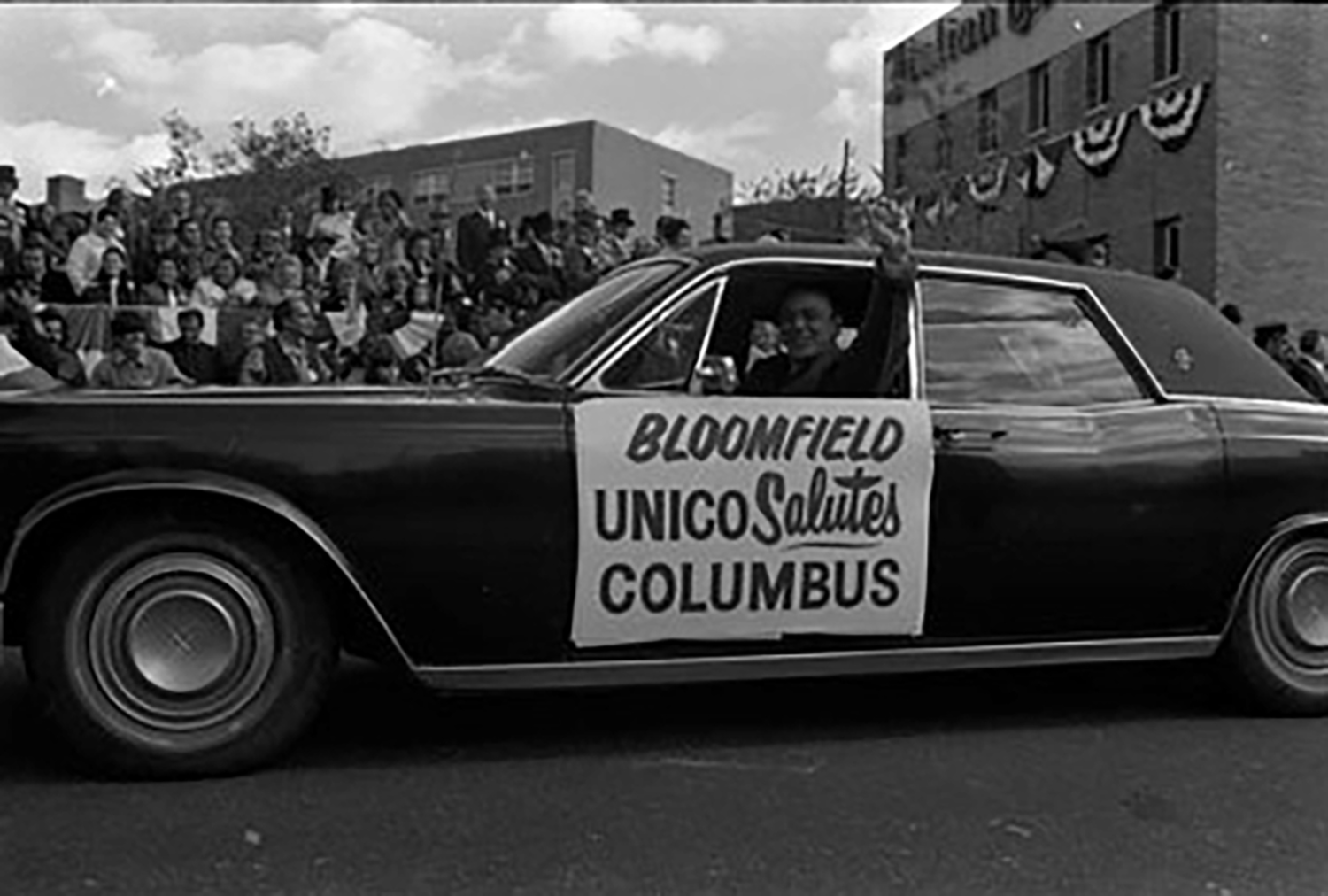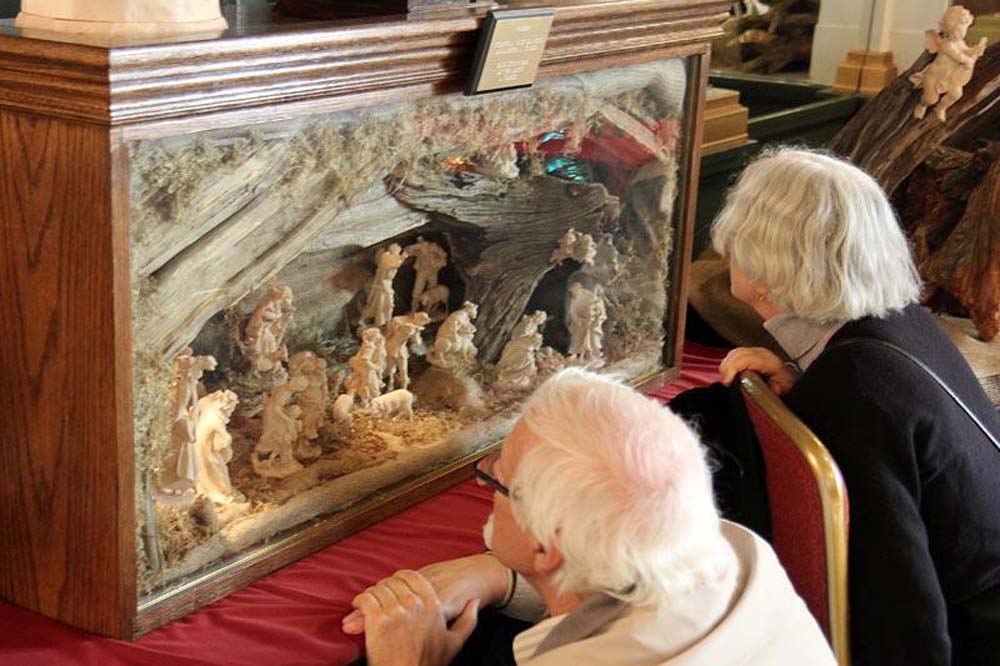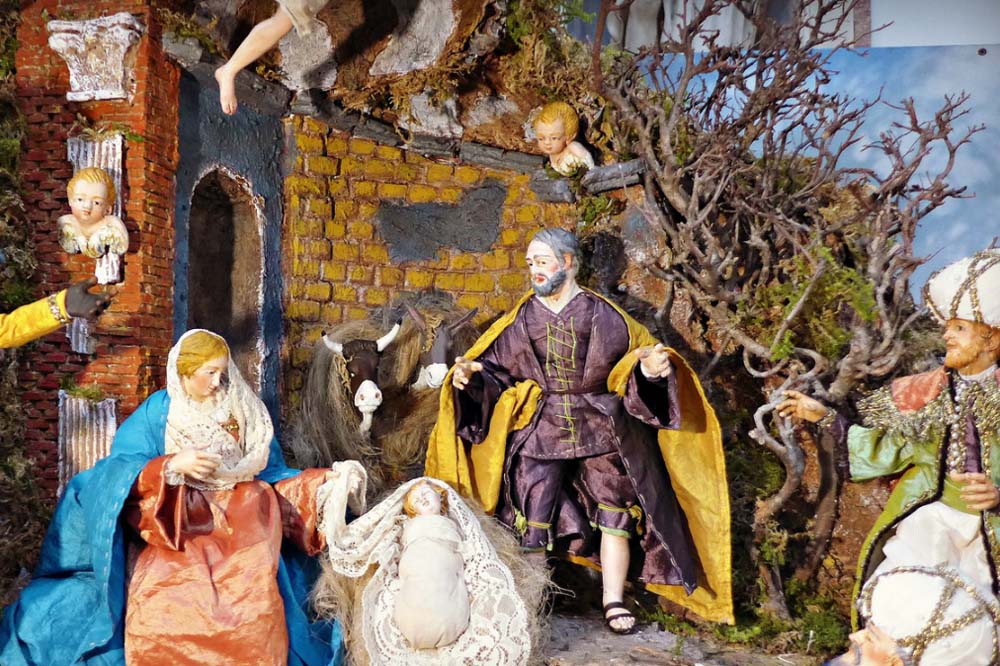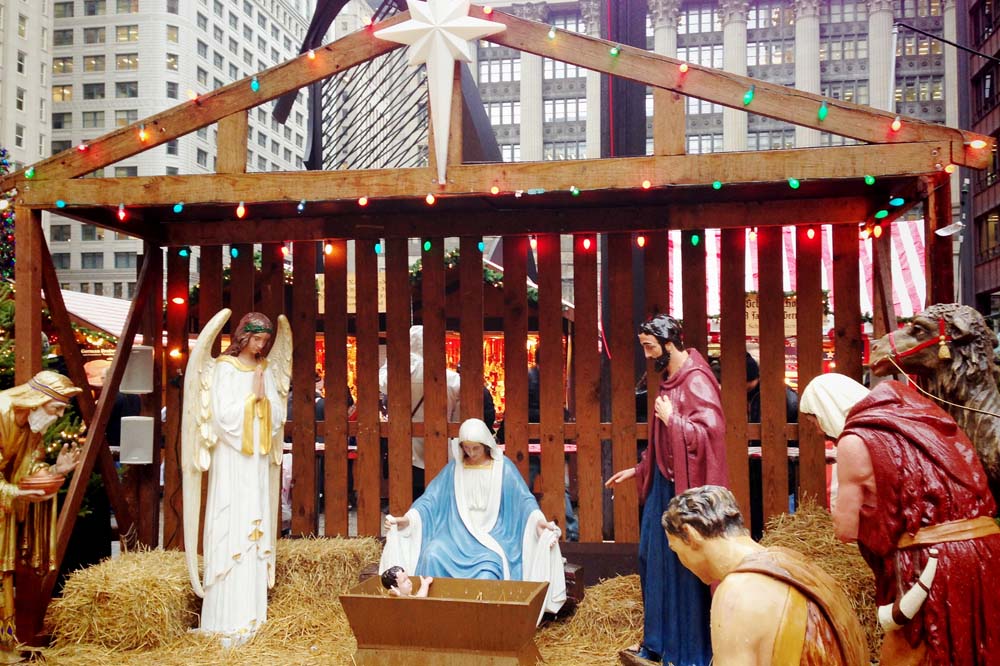The History of Columbus Day

Car with sign driving in Columbus Day parade
“In fourteen hundred ninety-two / Columbus sailed the ocean blue.”
So begins the poem that many American schoolchildren once memorized as part of their history lessons. The verses honor Christopher Columbus and his successful voyage to the New World from Spain. Some Americans have recognized the historic landing since as early as the 18th century. Many Italian-Americans observe Columbus Day as a celebration of their heritage. Italian Americans held the first Columbus Day Parade on Oct. 12, 1866. Chicago and Boston are other cities that mark the day with parades as a tribute to the contributions of Italian Americans.
However, the date of October 12 did not become an official national holiday until 1937. Today, that holiday – now designated as one of 10 federal holidays and observed on the second Monday of October – is somewhat shrouded in controversy. While most states recognize Columbus Day as an official state holiday, others only categorize it as a “Day of Observance.” And some states and individual cities have decided to honor Native Americans on the day rather than the European explorer.
Alaska, Florida, Maine, New Mexico and Vermont have replaced Columbus Day with Indigenous People’s Day. Hawaii calls it Discoverers’ Day, and South Dakota calls it Native American Day. The state of Oregon does not recognize the date as any official holiday. In Iowa and Nevada, do not mark Columbus Day as a state holiday, but the state statutes authorize the governors to proclaim the day each year. California and Texas have removed the day as a paid holiday for state government workers, while keeping it as a day of recognition.
Some of the U.S. cities that celebrate Indigenous Peoples’ Day instead of Columbus Day include Austin, Berkeley, Boise, Cincinnati, Denver, Los Angeles, Portland (Oregon), San Francisco, Santa Fe, Seattle, St. Paul and Tacoma. Columbus, Ohio honors veterans on the day, and some tribal governments in Oklahoma either designate the day as Native American Day or name it after their tribe.
What did Columbus and his crew accomplish in 1492? With the financial backing of King Ferdinand and Queen Isabella of Spain, Columbus set sail in August of that year in search of a sea route to Asia. After more than two months of crossing the Atlantic Ocean, his fleet of three ships — the Niña, Pinta, and Santa María — spotted what would become known as the Bahamas on Oct. 12, 1492. Thinking he had made it to the Indies – hence the name “Indians” for the natives — Columbus’s ships also reached modern-day Cuba and Haiti.
While history teachers once taught that “Columbus discovered America,” that terminology is often disputed. First, indigenous people were already living on the islands he reached. And secondly, some scholars believe that Norse explorer Leif Eriksson (c.970 – c. 1020) reached the North Atlantic coast centuries before Columbus.
Still believing he had found a valuable sea route to Asia, Columbus made three additional trips to what became known as the New World over the next 12 years. His voyages launched the further European exploration and colonization of North and South America.



